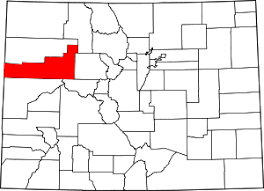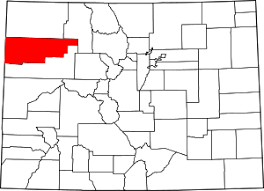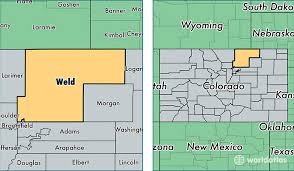
The numbers vividly show the decline of natural gas development in Colorado over the past year.
Especially in western Colorado.
Companies in 2019 began drilling on a mere 181 wells last year in Garfield County, which continues to rank a distant second behind Weld County in terms of county-level drilling activity in the state. In 2018, drilling began on 275 wells in Garfield County, according to Colorado Oil and Gas Conservation Commission data.

The Daily Sentinel, based in Grand Junction, Colorado reported the situation last year was far worse in Mesa County, with just five well starts, down from 92 in 2018. That nosedive partly reflected Laramie Energy’s suspension of local drilling activity due to low natural gas prices and uncertainty over the ongoing regulatory changes being implemented as a result of Senate Bill 181, passed last year. That law overhauled how oil and gas development is to occur in Colorado, putting a priority on protection of public health and safety, the environment and wildlife over development of the resource.
Even if Laramie hadn’t suspended drilling last year, however, it likely would have been more active in Garfield County than Mesa County. The company had indicated in December 2018 that it planned to shift much of its drilling from Mesa County to Garfield County based on the better drilling economics of its Garfield gas assets.
Five wells were drilled last year in Rio Blanco County last year, down from 21 in 2018.

Last year’s regional slowdown had impacts including the decision by energy services provider Halliburton to lay off 178 workers in Grand Junction.
Despite the role S.B. 181 played in last year’s slowdown, it bears noting that drilling activity in the region actually was slower pre-181, in 2016. Thanks to low gas prices, drilling began on just 160 wells in Garfield County that year, four in Mesa County, and none in Rio Blanco County. The last time Garfield saw fewer wells before that was in 1999, before drilling levels began ramping up in the county, peaking with 1,688 well starts in 2008.
As 2016 came to a close, however, the industry’s prospects were improving due to rising gas prices. And drilling responded in 2017, with activity nearly doubling in Garfield County and Mesa recording 124 well starts.
The current prospects for 2020 look far less promising. Nita Smith, executive director of Community Counts, an organization that works to build good relationships between industry and local residents and communities, said she believes five rigs were operating in Garfield County at the start of 2019. Just three rigs are being operated in the county now — two of them by Caerus Oil and Gas, and one by Terra Energy Partners — and no drilling is occurring in other local counties.
Smith said her understanding is Caerus and Terra are just trying to maintain current drilling levels while the COGCC continues to implement rules based on S.B. 181.
“I think they’re just kind of waiting to see how that goes,” she said.
Current gas prices aren’t helping matters for local energy developers. The federal Energy Information Administration said last week that natural gas prices this winter have been at their lowest levels in decades. The near-month gas futures price at the New York Mercantile Exchange closed at $1.77, the lowest such closing price for February since at least 2001.
The EIA said relatively warm winter weather has reduced gas demand for residential heating. At the same time, January had the third-highest monthly domestic gas production on record nationwide, and less gas has been withdrawn from underground storage this winter, leaving more in reserve.
Just 149 permits to drill new wells in Garfield County were issued by the COGCC last year, and 59 for Rio Blanco County wells. None were issued for Mesa County wells.
The Garfield County number is down significantly from 2018, when about 700 permits were issued. Some of that drop reflects companies slowing down their drilling activity and some of it was the result of a slowdown in permit approvals by the COGCC as it began working to implement 181. Drilling permits are valid for two years.

Last year in Weld County, companies began drilling on 1,046 wells, down from 1,249 in 2018. State regulators issued permits to drill 1,581 wells in the county last year, compared to 3,450 the prior year.
Source: The Daily Sentinel




